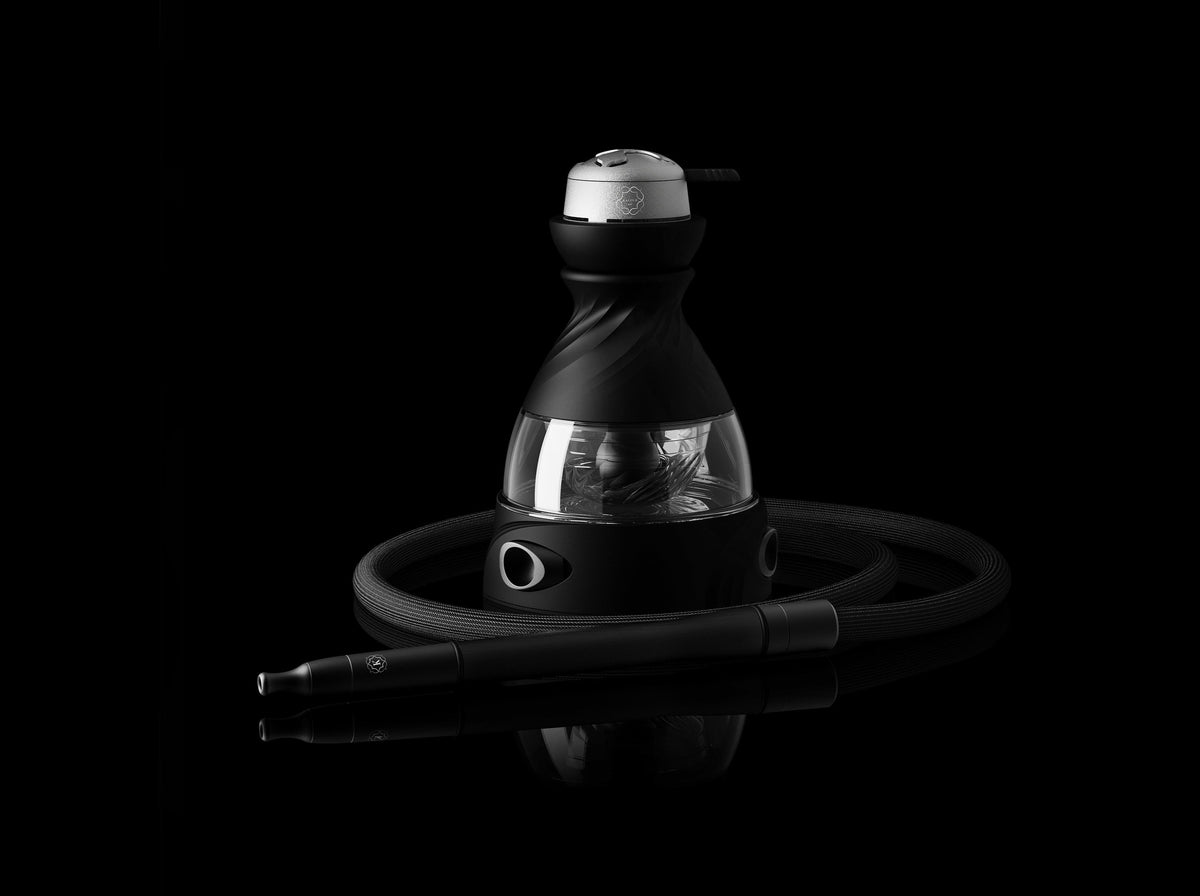How to Optimize Your Website for User Experience
When it comes to creating a website that engages and converts users, optimizing for user experience is key. From the layout and design to the content and functionality, every element of your site should be carefully crafted to provide a seamless and enjoyable experience for visitors. Here are some tips to help you optimize your website for user experience.
Choose a Clean and Intuitive Design
The first step in optimizing your website for user experience is to choose a clean and intuitive design. Make sure your site is easy to navigate, with clear and concise menus and a logical layout. Use a consistent color scheme and typography throughout your site to create a cohesive and professional look. Avoid cluttering your pages with too much information or distractions, and focus on providing a streamlined and user-friendly experience.
Create High-Quality and Relevant Content
Another important aspect of optimizing your website for user experience is to create high-quality and relevant content. Make sure your content is clear, informative, and engaging, and that it provides value to your visitors. Use headlines, subheadings, and bullet points to make your content easy to scan and digest, and incorporate images and videos to break up large blocks of text. Keep your content up to date and relevant to your target audience to keep them coming back for more.
Optimize for Performance and Speed
Finally, to ensure a great user experience on your website, it's essential to optimize for performance and speed. Make sure your site loads quickly and smoothly on all devices and browsers, and that your pages are optimized for mobile viewing. Use reliable hosting and caching tools to improve loading times, and optimize your images and videos for the web to reduce file sizes. Regularly test your site's performance and make adjustments as needed to keep your visitors happy and engaged.












